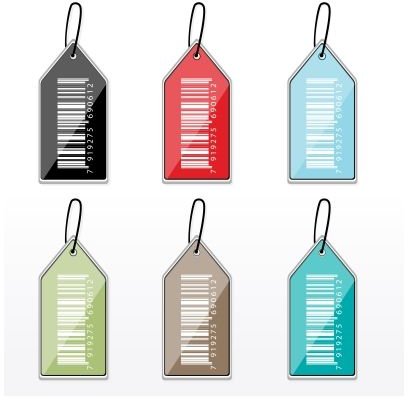6 Essential Steps for Filing Your Business Taxes
The Worst Mistake Business Owners Make
Unfortunately, it’s deceptively easy for a small business to sweep a new owner into focusing so much on day-to-day operations that financial record keeping gets swept under the rug. Then the first year flies by and suddenly, it’s tax time. It’s essential to follow all the steps for filing business taxes. It makes tax time so much easier and stress free.
Step One: Collect the Needed Financial Information

Regardless of whether the business operates as a sole proprietorship, partnership, limited liability company or corporation, filing taxes requires certain business records. Basically, businesses pay taxes on the actual business profits. Determining the profits means subtracting the expenses required to run the business. Step one when filing business taxes is to make a spreadsheet of costs and profits. Gather weekly or monthly totals to carryover to the next month until you’ve accrued twelve months (January-December) of financial information. Keep in mind if you buy or start the business in the middle of the year, you would only total the actual months in business.
Step Two: Create Headings for Several Categories
The IRS demands detailed information on your costs versus your profits. Depending on your specific enterprise, the following headings are examples of business expenses:
- Start-Up Inventory
- Giveaways or Samples
- Supplies
- Office Expenses
- Advertising
- Insurance
- Business Loan Interest
- Contractor Fees
- Repairs and Maintenance
- Meals and Entertainment
- Travel Expenses
- Utilities
- Personal Draw
- Returns
- Bank Fees and Credit Card Fees
Income examples include:
- Check or Cash Sales
- Credit Sales
- Debit Sales
- Equipment or Real Estate Sales
Step Three: Keep Receipts

The IRS requires businesses provide receipts of proof of purchase during an audit. The IRS recommends business owners retain receipts for all business purchases for a minimum of seven years. One of the easiest ways to collect business receipts is to carry a small zip-lock bag or separate wallet to store your business receipts. Either weekly or monthly, collect the receipts and record the financial information on your spreadsheet. File the receipts in categorized folders.
Step Four: Utilize Your Bank Statements
Bank statements provide an efficient way to record financial business information. Bump your financial records up against your bank statements at the end of every month. This assures the information you document on your spreadsheet is accurate. File your bank statements with your receipts. If the IRS ever performs an audit on your business, the more information you have backing your financial records, the better.
Also, consider opening an online bank account for your business. Limit your business expenses to one or two business credit or debit cards and utilizing online e-statements makes it a snap for even the most unorganized business owner to regularly record business transactions. Most banks and credit card services provide detailed transaction information. Using one or two statements to record this information is a lot easier than combing through several receipts at the end of the month or year. In this streamlined process, the receipts simply become a back-up of information if you ever get audited. Online banking literally puts the information at your fingertips.
Step Five: Gather Additional Information According to Your Business Set-Up
A sole proprietorship basically needs to provide the information previously listed. A partnership, limited liability company, corporation or non-profit corporation needs to supply additional information pertaining to the particular business set-up. For example, a corporation in New Mexico must file recorded business meeting notes annually, depending on the business structure entity. Visit the IRS and browse their Business Taxes section to determine what type of information your specific enterprise must supply.
Step Six: Seek Out New Tax Information

Conduct an online IRS search under Business Taxes searching for any new tax information for the year you are filing. Many small businesses miss precious deductions because they don’t take the time to look into the new tax information before filing.
With your financial records and current information in hand, file your taxes on time. Hire an accountant or tax specialist to prepare your taxes or utilize a tax software program and file yourself. Even if you hire a bookkeeper, accountant or tax specialist, you’ll need to provide the information listed so they can file on your behalf. If they have to burrow through several receipts and sloppily hand-written notes, they’re going to charge more because it takes them more time. The more you can streamline the process, the less a professional should charge.
References
IRS.gov, https://www.irs.gov/businesses/small/article/0,,id=98966,00.html
Renjith Krishnan, Free Digital Photos
Andy Newson, Free Digital Photos
Digital Art, Free Digital Photos
Jscreationzs, Free Digital Photos
